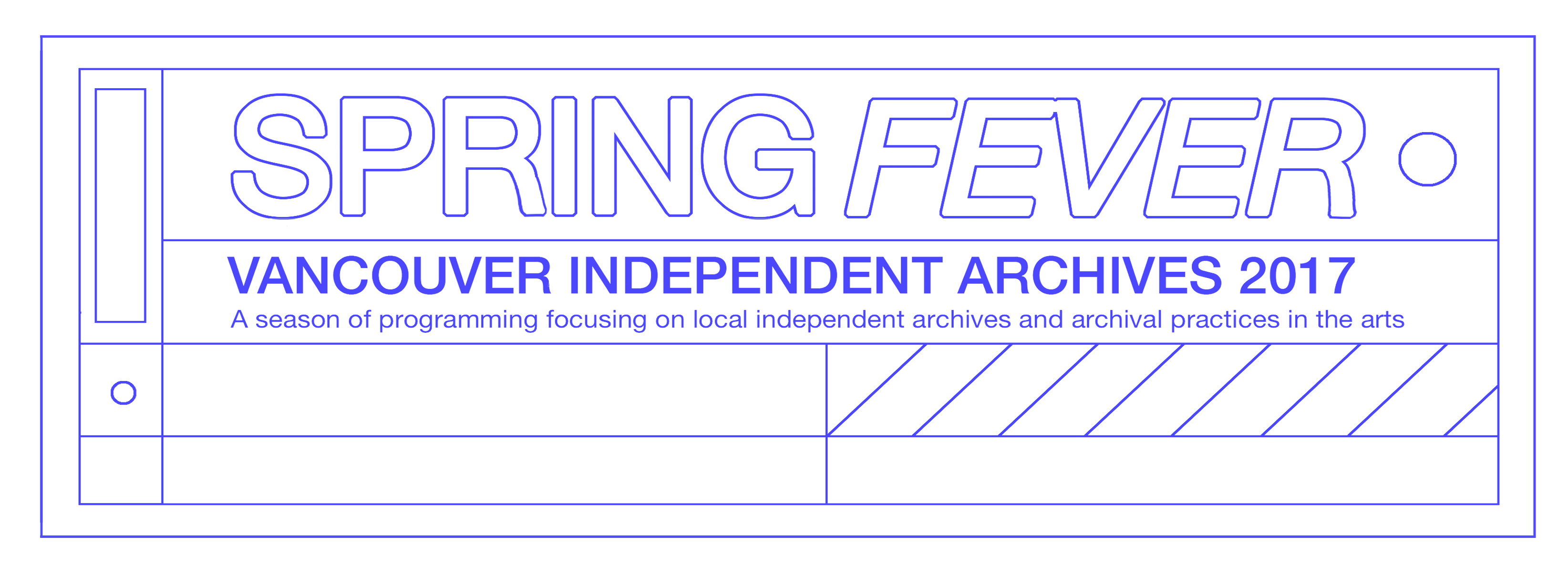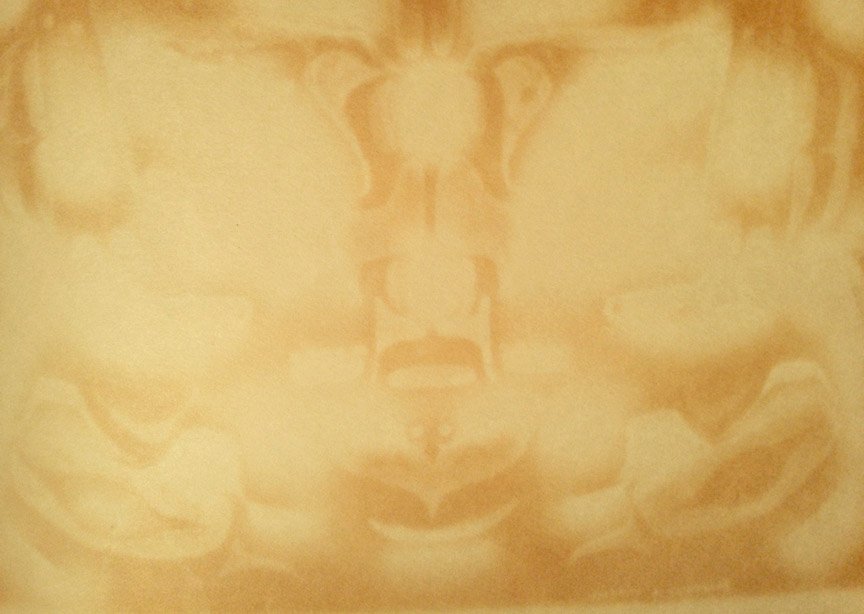Vancouver Independent Archives Week Presentation
Kate and Trudi presented their project Residue: Anarchival Materiality in Archives at grunt gallery during Vancouver Independent Archives Week. It took place at grunt gallery on April 5th, 7-8 PM.

Residue: Anarchival Materiality in Archives
Trudi Lynn Smith and Kate Hennessy
In this presentation we will discuss preliminary video and photographic work from our project Residue, in which we have been locating and documenting examples of what we call ‘anarchival materiality’ in archives. In recent months, we have searched the British Columbia Provincial Archives in Victoria for examples of chemical reactions, mould, rot, and other proximal interactions. These interactions usually render archival materials as fugitives––eluding preservation, and anarchival––marked for destruction. Our photographs and videos of these new forms acknowledge and visualize the agency of anarchival materiality, where the order and structure of human-made archives are challenged by the lively anarchy of the materials themselves. Classification systems, spatial organization, and human responsibilities and actions are all fundamentally reshaped and determined by the uncooperative residents of archives, who constantly remind their stewards of the transformative, organic, passing of time, and the collusion of natural processes in undermining the human desire for stability and persistence.
Archives are generally perceived as arrested in time, imagined as latent instrumental objects to reveal the past. How do archival documents, imagined as permanent, static objects, actually change over time and make new marks? While archival ordering seeks to makes sense and reiterate dominant and stable narratives of nation states, how do new material traces suggest that archives are vibrant matter, what political theorist Jane Bennett (2010) names as that capacity of things to act as forces? How are archives not only storehouses of the past but living breathing generative matter? To consider the vitality of matter in archives is to articulate how archives do not exist outside of us, are not necessarily of the past or for the future, but run alongside and in constant relationship with humans and our shared environment.

Residue. Chicago Field Museum, 2013. Photo by Kate Hennessy.

